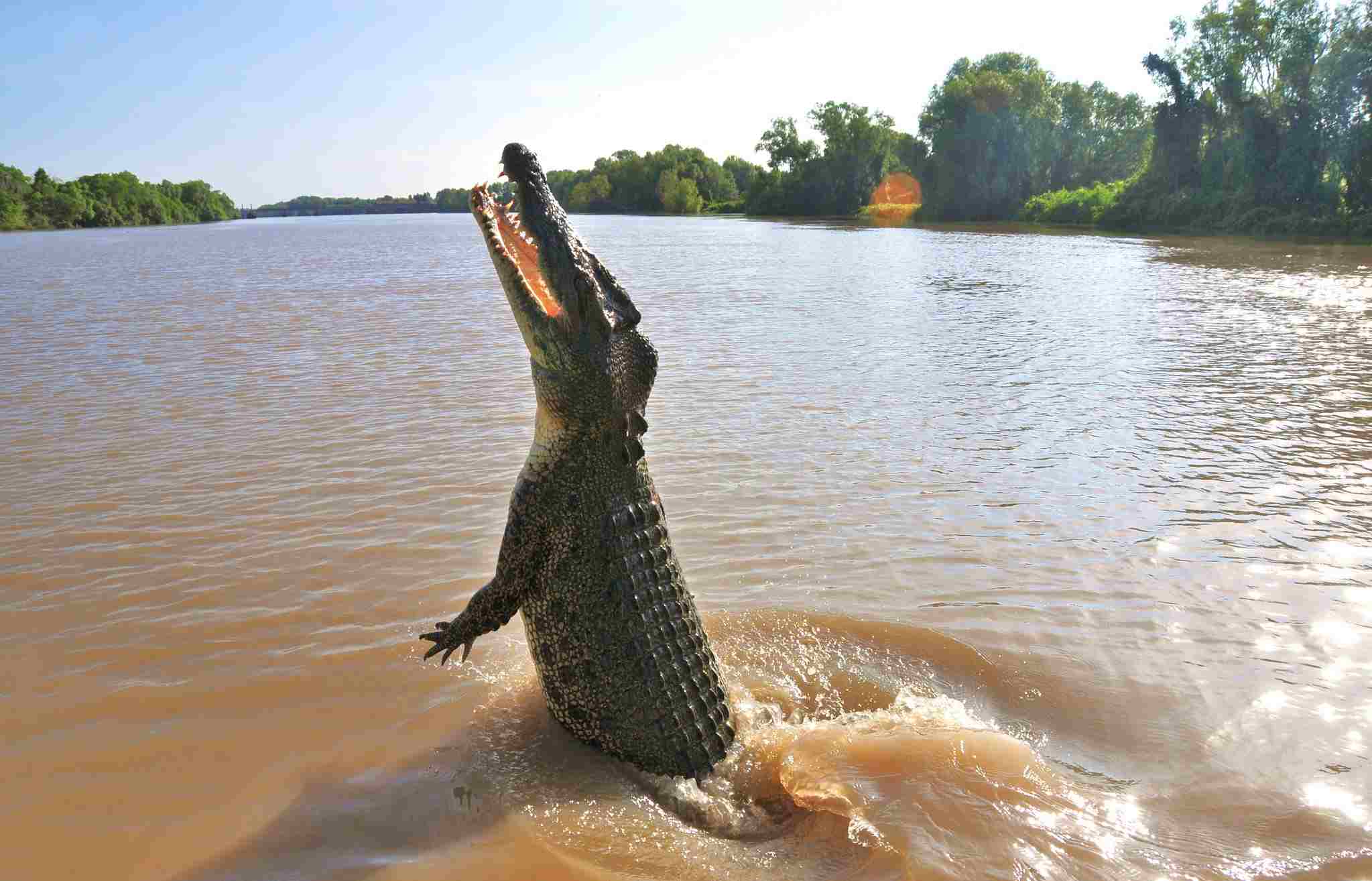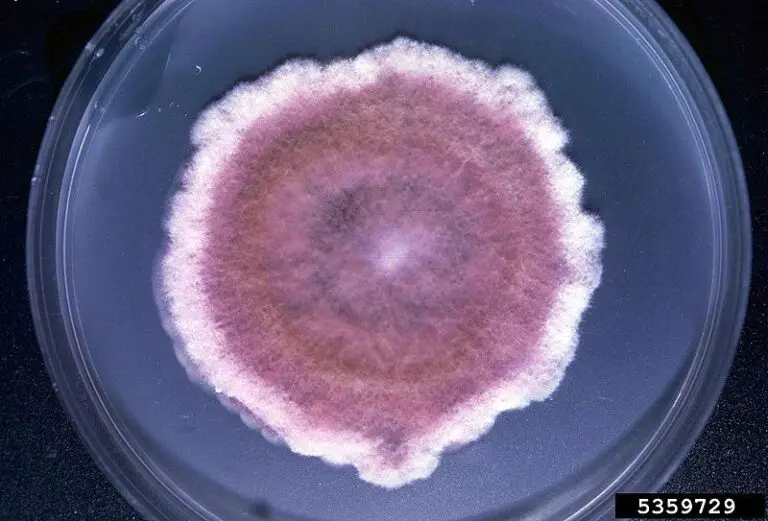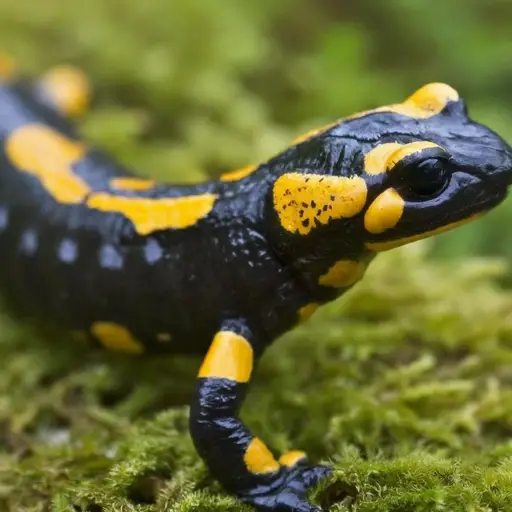10 Most Dangerous Animals In The Ocean Discussed
The 10 most dangerous animals in the ocean are the box jellyfish, great white shark, saltwater crocodile, stonefish, blue-ringed octopus, cone snail, lionfish, tiger shark, moray eel, and Portuguese Man O’ War. These creatures pose significant risks due to their venom, aggressive behavior, or ability to attack unexpectedly. Each plays a critical role in marine ecosystems despite their danger to humans.
1. Box Jellyfish
The box jellyfish is often considered the most dangerous creature in the ocean due to its potent venom and widespread presence in warm coastal waters. Found predominantly in the waters of the Indo-Pacific region, these translucent predators are named for their cube-shaped bell. What makes them exceptionally dangerous is their tentacles, which can grow up to 10 feet long and are equipped with thousands of nematocysts, or stinging cells. These tentacles deliver a venom that is known to be among the most lethal in the animal kingdom, causing intense pain, paralysis, heart failure, and in severe cases, death.
Encounters with box jellyfish can be fatal within minutes, making them a significant threat to swimmers and divers in their habitat. They often inhabit shallow waters, increasing the risk to humans who venture into their territory. Effective treatment for box jellyfish stings is crucial, with vinegar and antivenom being common emergency responses. Despite their danger, these creatures play a critical role in the marine ecosystem, feeding on small fish and invertebrates, and their presence is a reminder of the need for caution and respect in the ocean.
2. Great White Shark
The great white shark is among the most iconic and feared predators in the ocean. Found in coastal and offshore waters around the globe, these sharks can grow up to 20 feet in length and weigh over 5,000 pounds. Their powerful bodies, sharp teeth, and exceptional hunting instincts make them formidable predators. Great white sharks are known for their capability to breach the water’s surface when attacking prey, often leading to spectacular yet terrifying displays of raw power.
While attacks on humans are rare, great white sharks are responsible for more fatal shark attacks than any other species. Their preferred prey includes seals, sea lions, and other marine mammals, but they can mistake swimmers or surfers for these creatures. Despite their fearsome reputation, great white sharks play a crucial role in maintaining marine ecosystems by controlling populations of other species.
3. Saltwater Crocodile
Saltwater crocodiles, also known as “salties,” are the largest reptiles on earth and among the most aggressive. Native to regions such as Australia, Southeast Asia, and the eastern coast of India, these crocodiles can grow over 20 feet long and weigh more than 2,000 pounds. They are apex predators, capable of taking down large prey, including water buffalo and even sharks. Their strong jaws, sharp teeth, and rapid attack speed make them particularly dangerous.
Saltwater crocodiles are known for their territorial behavior and are quick to attack anything they perceive as a threat. This makes them especially hazardous to humans who venture too close to their habitats, such as riverbanks, estuaries, and coastal areas. Despite their dangerous nature, saltwater crocodiles are an essential part of the ecosystem, contributing to the balance of species in their environment.
4. Stonefish

The stonefish is considered the most venomous fish in the world. Found in the Indo-Pacific region, it has a remarkable ability to blend into its surroundings due to its camouflaged appearance, resembling rocks or coral. This ability to go unnoticed makes stonefish especially dangerous to unsuspecting swimmers or divers who might accidentally step on them. Their spines contain potent venom that can cause extreme pain, paralysis, tissue necrosis, and even death.
Because of their camouflage, stonefish are often hidden among rocks or coral reefs, posing a significant risk to anyone in those areas. The venom from a stonefish sting can be life-threatening if not treated promptly. First aid typically involves immersing the affected area in hot water, which helps neutralize the venom, and seeking medical attention immediately. Despite their danger, stonefish are a crucial part of the reef ecosystem, feeding on small fish and crustaceans.
5. Blue-Ringed Octopus
The blue-ringed octopus is small but deadly. Native to the Pacific and Indian Oceans, these octopuses are known for their bright blue rings, which serve as a warning signal when they feel threatened. Despite their small size, often no larger than a golf ball, they carry a powerful neurotoxin called tetrodotoxin, which is strong enough to kill humans. The toxin causes paralysis, respiratory failure, and, in extreme cases, death.
The danger of the blue-ringed octopus lies in its deceptive appearance and its tendency to inhabit shallow coastal waters. Because they are often found in tidal pools and coral reefs, the risk of human encounters is higher. There is no known antivenom for blue-ringed octopus venom, making prevention and caution the best strategies for avoiding harm. While deadly, these octopuses contribute to marine biodiversity and are an intriguing subject of study due to their unique coloration and behavior.
6. Cone Snail
The cone snail, found in tropical and subtropical waters, is a small but potentially deadly mollusk. Known for their beautifully patterned shells, cone snails can deliver a venomous sting through a harpoon-like tooth, used to capture prey. This venom contains a complex mix of toxins, some of which can be fatal to humans. The effects of a cone snail sting include intense pain, numbness, respiratory failure, and in severe cases, death.
Cone snails are particularly dangerous due to their attractive shells, which draw the attention of beachgoers and shell collectors. Because they can be found in shallow waters and reef areas, the risk of accidental encounters is significant. There is no specific antivenom for cone snail stings, and treatment typically involves managing symptoms and providing respiratory support if needed. Despite their danger, cone snails are fascinating creatures, and their venom has been studied for potential medical applications.
7. Lionfish
Lionfish are known for their striking appearance and venomous spines. Native to the Indo-Pacific region, they have been introduced to other areas, such as the Caribbean and the Atlantic, where they have become invasive. Lionfish have long, flowing fins with venomous spines that can cause intense pain, swelling, and in some cases, respiratory issues. While lionfish stings are rarely fatal, they can be extremely painful and require medical attention.
One of the key risks associated with lionfish is their invasive nature. As they spread to new regions, they disrupt local ecosystems by preying on native fish and other marine organisms. This impact on biodiversity has made lionfish a focus of environmental management efforts. Despite their beauty and dangerous spines, lionfish are popular in the aquarium trade, which has contributed to their spread into non-native areas.
8. Tiger Shark
Tiger sharks are large and aggressive predators found in tropical and subtropical oceans worldwide. They are known for their distinct striped pattern, powerful jaws, and aggressive behavior. Tiger sharks can grow up to 18 feet long and are responsible for a significant number of shark attacks on humans, second only to the great white shark. Their diet is varied, including fish, sea turtles, birds, and even other sharks.
The danger posed by tiger sharks comes from their willingness to venture into shallow waters and their aggressive nature. They are known to frequent coastlines and can pose a risk to swimmers, surfers, and divers. Despite their aggressive reputation, tiger sharks play a critical role in marine ecosystems, helping to control populations of other species. Conservation efforts are underway to protect tiger sharks, as their numbers have declined due to overfishing and habitat loss.
9. Moray Eel
Moray eels are long, snake-like fish found in tropical and subtropical oceans around the world. They are known for their aggressive behavior and sharp teeth. Moray eels often inhabit crevices in coral reefs and rocks, where they can launch surprise attacks on unsuspecting prey. Although attacks on humans are rare, when they do occur, they can cause serious injuries due to the eel’s powerful bite and sharp teeth.
Moray eels are particularly dangerous because they often hide in crevices, making them difficult to spot. This can lead to accidental encounters when divers or snorkelers reach into these areas. The bite from a moray eel can result in severe lacerations, and because of the risk of infection, medical treatment is usually required. Despite their reputation for aggression, moray eels are important predators in their ecosystems, helping to control fish populations and maintain reef health.
10. Portuguese Man O’ War
The Portuguese Man O’ War is a unique and dangerous creature that resembles a jellyfish but is actually a colonial organism made up of several specialized polyps. Found in warm ocean waters worldwide, they have long tentacles that can reach up to 165 feet. These tentacles contain powerful venom that can cause intense pain, welts, and even cardiac arrest in severe cases. Despite its beauty, the Portuguese Man O’ War is a significant threat to swimmers and beachgoers.
One of the key dangers of the Portuguese Man O’ War is its ability to float on the water’s surface, making it difficult to spot. The long tentacles can remain dangerous even when detached from the main body, posing a risk to anyone who comes into contact with them. Treatment for stings typically involves rinsing with vinegar or hot water to neutralize the venom, but medical attention may be required for severe reactions. Despite their danger, Portuguese Man O’ War play a role in the marine ecosystem, serving as food for certain predators and contributing to the ocean’s biodiversity.
*Summary
-
Box Jellyfish: Most lethal, with venom causing pain, paralysis, and potentially death; found in Indo-Pacific waters.
-
Great White Shark: Powerful predator responsible for the most fatal shark attacks; critical for marine ecosystem balance.
-
Saltwater Crocodile: Largest reptile, extremely territorial, and aggressive; found in estuaries and coastal regions.
-
Stonefish: Most venomous fish; camouflaged to blend in with coral reefs; potent sting.
-
Blue-Ringed Octopus: Tiny but deadly, carries potent tetrodotoxin; inhabits shallow coastal waters.
-
Cone Snail: Small mollusk with beautiful shells; venom can cause paralysis and respiratory failure.
-
Lionfish: Venomous spines; invasive species disrupting ecosystems; native to Indo-Pacific region.
-
Tiger Shark: Aggressive and large predator; ventures into shallow waters; significant impact on marine ecosystems.
-
Moray Eel: Aggressive, with a powerful bite; inhabits coral reef crevices; risk of infection from bites.
-
Portuguese Man O’ War: Colonial organism with long, venomous tentacles; can cause severe reactions and cardiac arrest.
| Animal | Danger |
| Box Jellyfish |
Most lethal; venom causes pain, paralysis, potentially death; found in Indo-Pacific waters.
|
| Great White Shark |
Responsible for the most fatal shark attacks; critical for marine ecosystem balance.
|
| Saltwater Crocodile |
Largest reptile; extremely territorial and aggressive; found in estuaries and coastal regions.
|
| Stonefish |
Most venomous fish; camouflaged to blend in with coral reefs; potent sting.
|
| Blue-Ringed Octopus |
Tiny but deadly; carries tetrodotoxin; inhabits shallow coastal waters.
|
| Cone Snail |
Small mollusk with venom; beautiful shells; can cause paralysis and respiratory failure.
|
| Lionfish |
Venomous spines; invasive species; disrupts ecosystems; native to Indo-Pacific region.
|
| Tiger Shark |
Aggressive and large; ventures into shallow waters; significant impact on ecosystems.
|
| Moray Eel |
Aggressive; powerful bite; inhabits coral reef crevices; risk of infection from bites.
|
| Portuguese Man O’ War |
Colonial organism with long, venomous tentacles; can cause severe reactions and cardiac arrest.
|












